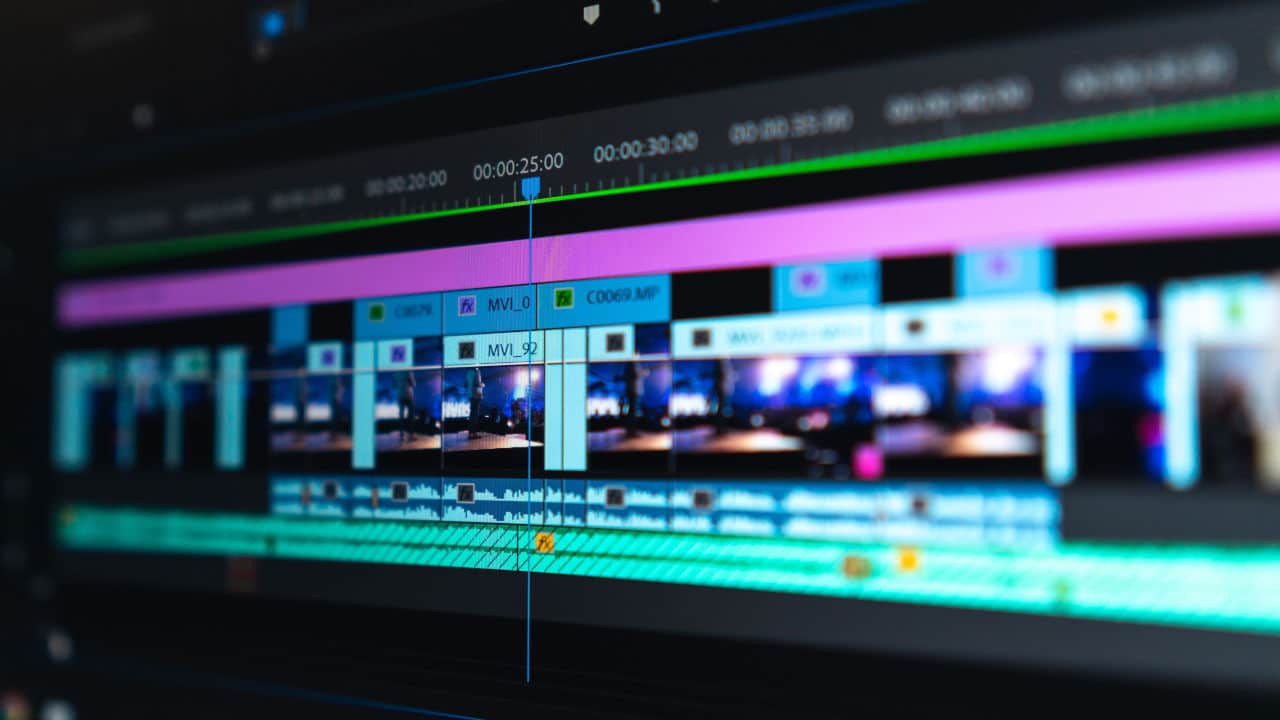A timeline flow chart is a pictorial representation of facts that clearly states the fact in such a way that the audience can follow the flow of events. According to Writing Commons, it is deemed helpful because it “highlights the passage of time; timelines and flow charts offer a visual representation of how ideas, people, inventions, or processes evolve.”
Timeline flow charts can be essential in certain court cases. The jury usually appreciates any visual aid since it helps their understanding of the subject matter. When used appropriately and adequately canvassed by the attorney in court, they can produce amazing results.
However, if all matters are left to flow charts alone, then the whole aim of having several types of demonstrative evidence would be defeated.
On the other hand, forensic animation is an aspect of demonstrative evidence widely accepted in the United States judiciary. It is known for solving complexities and also bringing hidden facts to life.
According to Cornell Law School, forensic animation refers to “the use of computer graphics to recreate complex event sequences and accidents; the branch of forensic science that uses technology to recreate and visually depict an event.”
Forensic science has developed with law and justice since it is a prominent definitive stance during an investigation. The impact of forensic animation is seen in homicide investigations, where an autopsy determines the victim’s cause of death, usually brought up by forensic science.
The reach of forensic animation in the investigation process and the courtroom cannot be overemphasized as it is a definitive authority in criminal justice.
This is why even though timeline flow charts are essential in court, certain cases require better illustration, which can be achieved using forensic animation.
Why Is Forensic Animation More Persuasive Than Timeline Flow Chart?
Even though forensic animation and timeline flow charts have their respective impacts in court, forensic animation has much more persuasive attributes. They are explained as follows:
- Forensic animation is situated in science
Yes, animations can have stunning effects on viewers. But this is not what forensic animation is all about. Without the beauty of captivating words and embellishment, the animation can still positively affect the audience as long as it is tested, trusted, and backed by scientific principles. The law has provided rules to ensure that forensic animations are not prejudicial when introduced in court.
Forensic animation follows scientific methods, making it more credible and investigative than mere representation.
In an article by Graduate Way, it was stated that “the field of forensic science involves the application of the scientific method to questions related to criminal cases. Forensic science follows the steps of the forensic method, from the observation of the crime science, collection of initial data, experimentation, and validation of results that are generated from the analysis.”
Since the analysis is deeply invested in science, depicting it through forensic animation is persuasiveness and credibility all in one goal.
- Forensic animation has an all-encompassing effect.
Forensic animation is, by nature, a demonstrative means of portraying evidence in court.
When timeline flow charts can only be limited to misdemeanors and other minor offenses, forensic animation takes the stage in the wake of severe and complex criminal and civil offenses.
According to an article by Britannica, it was stated that forensic science is “Forensic science can be involved not only in investigation and prosecution of crimes such as rape, murder, and drug trafficking but also in matters in which a crime has not been committed but in which someone is charged with a civil wrong.”
Therefore, forensic animation would give you your day in court as long as court rules are adequately followed.
Conclusion
Not all cases are complex enough to require the use of forensic animation. Sometimes, the use of a simple timeline flow chart would suffice. However, when you are faced with a complex court case, a proper presentation of the facts of the case can be laid before the jury with the help of a credible forensic animation company.






